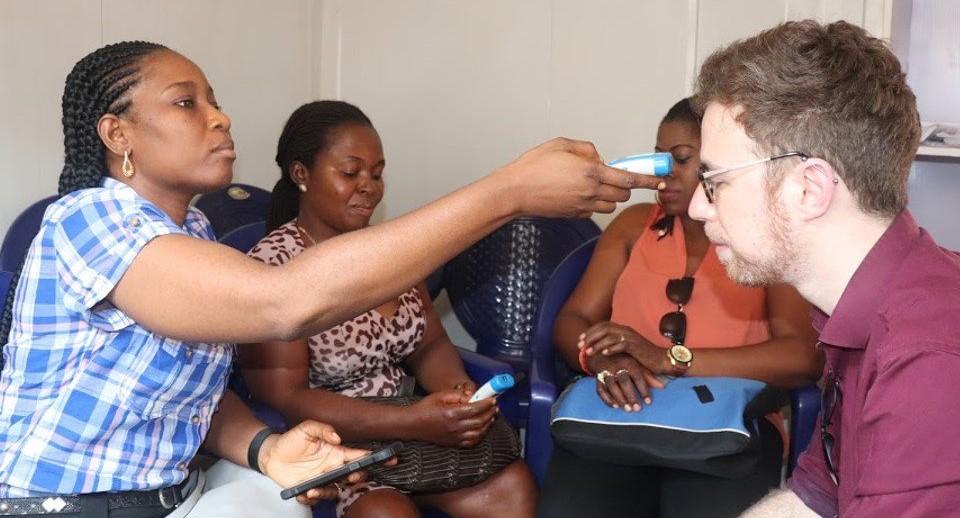
Disease Forecasting
Most high consequence human diseases are animal-borne, either directly from vertebrates (zoonotic) or transmitted via animal vectors. Although the causes of such outbreaks have their roots in how humans interact with the environment, a limited understanding of this area severely limits the ability of public health systems to predict and prevent future outbreaks, leading to severe global economic and health consequences.
West Africa is a critical nexus of these issues, as it contains some of the most biodiverse natural habitats on earth, one of the fastest growing human populations, rapidly degrading ecosystems, frequent disease outbreaks and overstretched public health systems and response capacities. Recent outbreak examples include the rodent-borne disease Lassa fever, which is estimated to cause over 500,000 cases and 5,000 deaths across the region every year, particularly in Nigeria, and the Ebola outbreak of 2013-2016 which caused 28,616 cases, killing 11,310 people.
Working with University College London (UCL), the African Center of Excellence for Genomics of Infectious Diseases (ACEGID), the London School of Hygiene & Tropical Medicine (LSHTM), the Nigeria Centre for Disease Control (NCDC), and others, our Sentinel Forecasting System for Infectious Disease Risk project unites data from ecology, social science, genomics, and epidemiology, to co-develop with stakeholders a real-time forecasting system for public health agencies in West Africa, starting with Lassa fever.
We employ adaptive machine-learning techniques to aid the prediction of potential threats and evaluation of intervention strategies, importantly incorporating diverse data streams into a flexible forecasting platform. Our team has a unique interdisciplinary skill set and access to data from across the entire transmission process, allowing us to integrate sequencing data to capture spill-over rates and differentiate viral strains, ecological information about host species’ distribution and population dynamics, and real-time remote sensing of environmental and socio-economic conditions. Critically, rather than just modelling human disease, our approach integrates environmental relationships allowing disease risk forecasts to adapt to global climate and land-use change.
Find out more about our work in:
